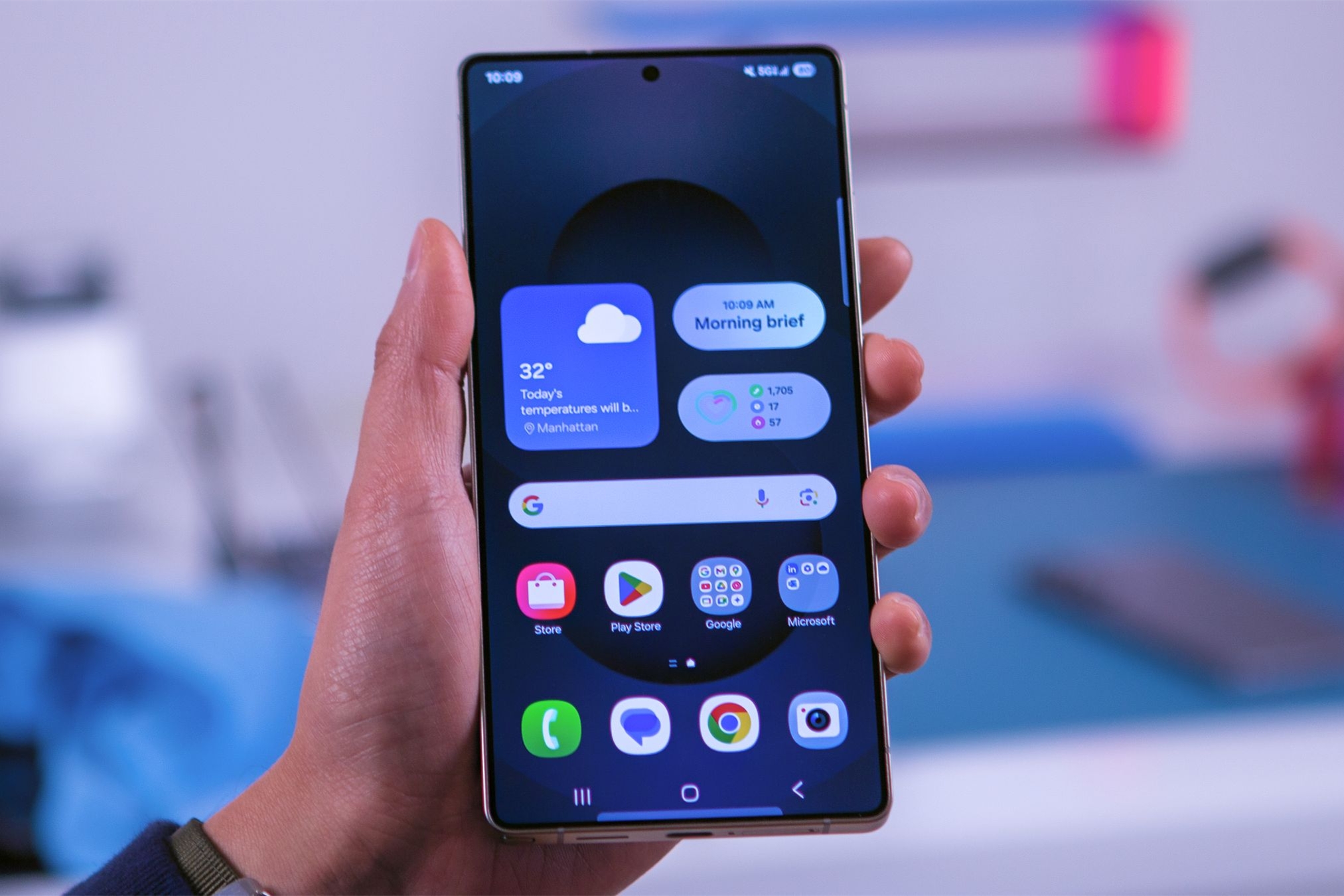
Time:2025-10-07Reading:996Second
The iPhone Air launched by Apple this year features an ultimate lightweight design, with a body thickness of only 5.6mm, refreshing the industry's understanding of smartphone thickness.
This machine has become the most anticipated model among the four new products this year by adopting internal space optimization solutions such as eSIM. However, due to the slow pace of eSIM promotion in China, the domestic version of iPhone Air has not yet been launched, and Apple has not displayed the real phone in offline stores.
Correspondingly, Huawei is simultaneously promoting its own ultra-thin models. According to blogger "Smart Pikachu", Huawei's new phone will not only adopt eSIM technology, but may also launch a brand new Kirin 9030 chip, achieving a balance between lightweight and performance. At the same time, Huawei has announced the relevant information of eSIM service in the "Tianjitong GO" mini program, which is currently in the internal testing stage and is expected to be officially launched in the third quarter of 2025.
According to Huawei, eSIM services need to be used on devices that support this feature, as there are currently no available models on the market. Compared to traditional SIM cards, eSIM technology does not require physical slots, freeing up more space for mobile phones.
Taking the US version of iPhone 17 Pro as an example, after removing the physical card slot, its battery capacity reaches 4252mAh, which is 265mAh more than the Chinese version. If combined with the battery stacking and fast charging technology of domestic manufacturers, this space may bring about a capacity increase of about 500mAh, significantly improving the battery life experience.
The direct confrontation between Apple and Huawei on eSIM ultra-thin models is not only a competition in industrial design and hardware performance, but also an exploration of the future communication ecosystem. The promotion of eSIM is expected to reduce users' dependence on physical cards and bring a more compact and durable terminal device experience.
On the other hand, the popularization of eSIM in China still faces practical issues such as operator coordination and service maturity. Huawei's early layout may bring a wave of opportunities for domestic manufacturers to overtake on the curve, while the delayed release of the domestic version of the iPhone Air will also create a window for Huawei's new phone preheating. In the coming year, who will be the first to truly implement ultra-thin technology and long battery life may influence the competitive landscape of the high-end market.





